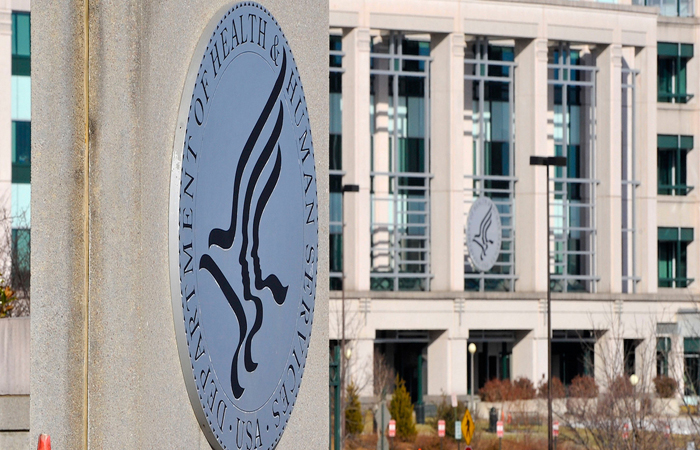Sixty-four percent of dual-eligible beneficiaries have a mental health diagnosis.
In fact, dual-eligible beneficiaries are more likely to have a behavioral health diagnosis than Medicare-only beneficiaries. That’s according to a new ATI Advisory report, which zeros in on dual-eligible patients, or individuals who have both Medicare and Medicaid coverage.
The report notes that dual-eligible beneficiaries overall experience poor health outcomes and barriers to care. This, in turn, results in higher spending for Medicare and Medicaid.
“Behavioral health is often carved out of state Medicaid managed care programs,” authors of the report wrote. “When Medicaid benefits are not effectively integrated with Medicare, dual beneficiaries may experience barriers to coordinated physical and behavioral healthcare. Dual beneficiaries need access to holistic program design with limited Medicaid carve-outs, integration of physical health and behavioral health care, and access to crisis services during mental health emergencies.”
Dual-eligible beneficiaries are also more likely to have depression and a serious mental illness than partial-dual-eligible and Medicare-only beneficiaries.
Individuals with a mental health diagnosis who are dual eligible are also more likely to end up in the emergency room compared to Medicare-only beneficiaries. Specifically, 39% of dual-eligible patients with a mental health condition had an emergency visit in 2019.
That’s compared to 20% of Medicare-only patients with a mental health condition.
“Behavioral healthcare is critically important, especially for the nearly two out of three dual beneficiaries with a mental health diagnosis,” authors of the report wrote. “However, dual beneficiaries often must navigate different systems of care for their physical and behavioral health needs, and partial dual beneficiaries lack access to Medicaid-covered behavioral health services.”
Many dual-eligible beneficiaries also face cognitive challenges. Individuals with intellectual or developmental disabilities were 17 times more likely to be a dual beneficiary than Medicare-only beneficiaries, according to the report.
Dual-eligible demographics
Fully dual-eligible Medicare and Medicaid beneficiaries make up 13% of the total Medicare population.
Partially dual-eligible beneficiaries make up 5% of the total. The majority of dual-eligible patients (75%) are under the federal poverty line.
Many dual eligible patients are also dealing with social determinants of health factors. For example, 45% of dual-eligible beneficiaries experience food insecurity. That’s compared to 11% of the Medicare-only population. Additionally, 38% of dual eligible patients have less than a high school diploma.
Authors of the report note that supplemental benefits offered through Medicare Advantage plans like food and produce can help provide individuals with more affordable food.
Increasingly, operators are beginning to focus on the dual-eligible patients. In June, Nashville, Tennesesee-based CareBridge landed $140 million. The company said the new funding would help spread its value-based care model to Medicaid and dual-eligible patients.
In June the Medicaid and CHIP Payment and Access Commission (MACPAC) came out with a new report which recommends that states should be required to implement integrated care strategies for dual eligible beneficiaries.
“To provide the impetus for action, the Commission recommends that all states be required to develop a strategy to integrate care for dually eligible beneficiaries,” authors of the report wrote. “The strategy should address how the state will approach integration, eligibility, benefits, enrollment strategy, beneficiary protections, data analytics, and quality measurement and be structured to promote health equity.”



